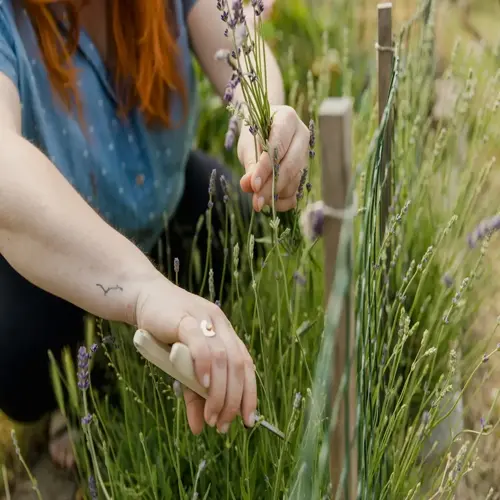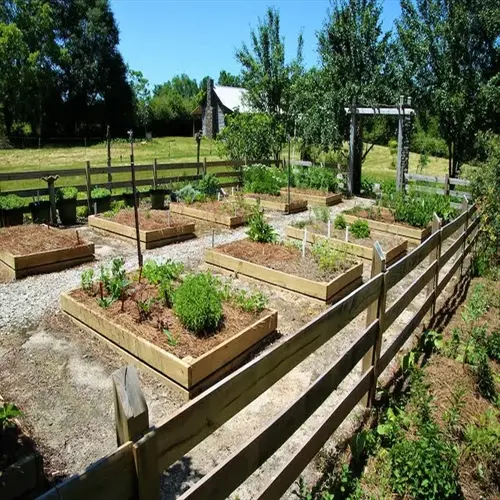How should I prepare roses for winter?

Written by
Liu Xiaohui
Reviewed by
Prof. Charles Hartman, Ph.D.Winter preparations protect rose bushes from harm due to cold temperatures and stimulate healthy spring growth. I typically start after the first hard frost of the season when the plants enter dormancy. In my garden, I watch for the oak leaves to fall. Preparing the roses prevents canes from dying back and root damage.
Selective Pruning
- Trim only hazardously long canes that might snap under snow
- Remove diseased foliage to eliminate overwintering spores
- Avoid heavy cutting that stimulates frost-sensitive growth
Mulching Techniques
- Apply 8-10 inches of organic mulch over root zones
- Use shredded bark or straw for insulation
- Pull mulch back 4 inches from cane bases preventing rot
Disease Prevention
- Spray copper fungicide on canes before temperatures drop
- Remove all fallen leaves to disrupt disease cycles
- Disinfect tools after final pruning session
In colder climates, water the rose deeply before the ground freezes. Hydrated roots can handle freezing better than dry ones. I soak mine 2 days before a hard frost is forecasted. As for fertilizer, refrain from fertilizing after early September. Roses require nutrients to grow, and similarly, they are susceptible to cold damage.
Winter is a good time to check protection. Repair any mulch that wind or animals have moved. Check rodent guards around cane bases. After rabbits destroyed my roses, I switched to wire mesh cylinders for protection. I will also remove accumulated heavy snow from the delicate canes.
When considering mulch removal in the spring, be careful of timing. Take your cue from forsythia blooms for consistent warm weather. I will start with half of the mulch, allowing the ground to adjust to the new temperature over a few days. No plant relishes being shocked with a sudden change. Roses exhibit robust growth when properly cared for during winter.
Read the full article: When to Prune Roses: A Complete Guide

